When we say crisis, we mean severe behavior problems a.k.a. 'Behavioral Crisis'
We are talking about behaviors that are happening right now. These crises are occurring in children and adults with special needs. During these kinds of crises you might see behaviors like hitting, kicking, trying to hurt one’s self and/or destroying the environment in a dangerous way. PCMA provides crisis management training for those working with children and adults with special needs in both educational, outpatient and residential settings. PCMA does not provide services to adult correctional facilities.
There is of course a wide range of crisis behavior, from a first grader throwing a severe tantrum to a fully grown adult that gets into a rage and starts to use any object at hand as a potential weapon in an attempt to damage the environment they are in, the people around them or even themselves.
Because there is such a wide range of crisis behavior, there is also a wide range of so-called 'solutions' on the market to control these crises.

At the PCMA we like to present the range of crisis and our potential solutions with the following 'Crisis Severity Matrix' to show that Individuals vary both in how easily they can go into a crisis and how damaging their behavior is.

Concepts like the Behavioral Crisis Severity Matrix can help an organization decide who, at what department, needs what kinds of Crisis Management Training.
- Low potential for damage means it would be difficult for individuals to cause severe injury even if they tried.
- High potential for damage means that it would be very easy for the individual to cause severe damage even if they didn’t try very hard.
- A Low Threshold for Crisis means the individual goes into crisis very easily over seemingly nothing
- A High Threshold for Crisis means it is very difficult to send the person into a crisis even when provoked.

For example, some individuals will begin hand-biting severe enough to draw blood if the chairs at the table aren’t exactly straight. This individual might be said to have a “hair trigger” for behavior problems and be very dangerous and they would fall in Level 4 in the matrix above. What about another individual who VERY RARELY has “tantrums” and flops on the ground and whines? Occasionally they slap at staff, but they aren’t strong and never injure anyone and for this reason the individual would fall in Level 1. Of course there are others who fall somewhere in between in terms of how easily they are upset or how dangerous they are, but this matrix covers most individuals.
There are a couple of approaches to crisis that are motivated by a fear of using restraint and those approaches involve response blocking and something called “room clears”:
- Blocking:
Some organizations may wish to use crisis management systems that rely exclusively on blocking with pads, but a tactic such as this would only prove safe for individuals in levels 1 or 2 at best. What might seem like a reasonable approach for very low-level aggression can quickly become quite dangerous as the potential for damage increases.

- Room clears:
Other organizations may use a “one size fits all” approach and hope that it can support all their potential crisis situations. The paradox is that staff may use procedures that are far too restrictive for severity level 2 and those same procedures simply won’t contain anyone displaying severity level 4. One of the consequences of using procedures that are far more restrictive than necessary, is that it can damage relationships between staff/teachers and clients/students. One of the consequences of not being able to contain severity level 4 behaviors is that injuries can easily increase for clients and staff.

